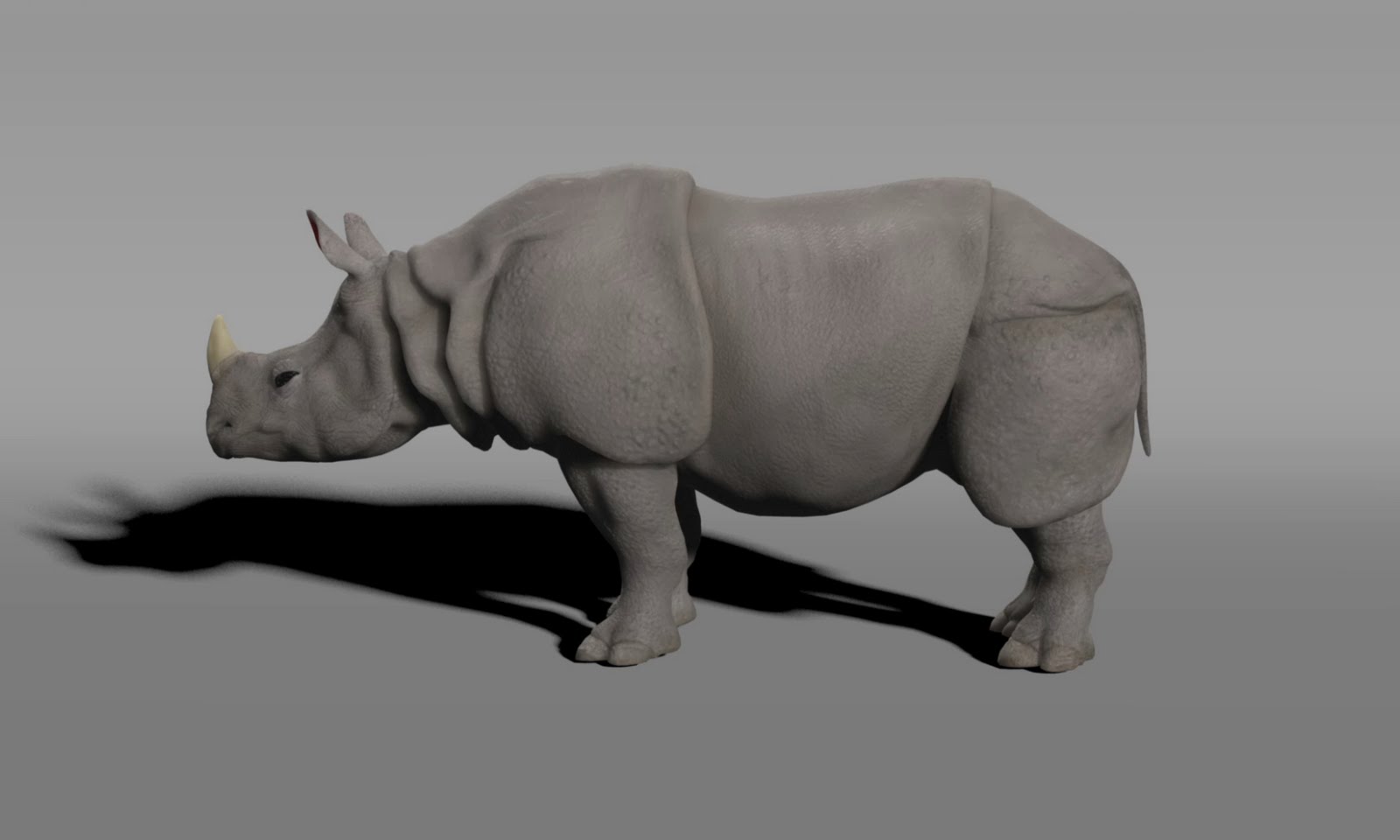

The next change in Version 7 is that now, when you select the render button from Rhino, it’s the Cycles Raytrace render that is being used now that may seem fairly obvious but in Version 6, pressing ‘Render’ gave us the older legacy renderer. Essentially these are graphics cards that are purpose built for accelerating Ray Tracing and we hope to be looking at these in the new year with the help of PNY Europe, but for now we’re using NVIDIA CUDA acceleration. If I go to the ‘Rhino Options’ and select ‘Cycles’ you’ll see that I can accelerate the Raytrace mode either via CPU or GPU and on the machine that I’m using here my Quadro P3000 card is selected – as it gives better performance than the CPU, but you can also see that now in Version 7 we have a setting called OPTIX and this should let us take advantage of NVIDIA’s RTX GPU technology.

This Raytraced view mode, whilst being a live mode, does take some time to generate and here because of time limitations I’ve reduced the number of Render passes from 1000 to 500 and speeded up the video. This ‘Raytraced’ or ‘Cycles’ mode allows for proper calculations of Reflections, Transparency, Refraction, Translucency etcetera. Version 7 features significant improvements to rendering and, just as with Version 6, Rhino features a ‘Rendered’ Viewport which could be considered a sort of a preview of the ‘Raytraced’ Viewport. Finally, I’ll look at the new Physically Based Materials. I’ll look at the ‘Cycles’ Raytrace Render and how we can add Denoiser elements with the new Package Manager in Rhino 7. Hi, I’m Phil from Simply Rhino and in this short video, I’m going to take a look Rendering in Rhino 7. Rhino 3D v7 Rendering, Denoiser and Physically Based Materials Video Transcript:


 0 kommentar(er)
0 kommentar(er)
